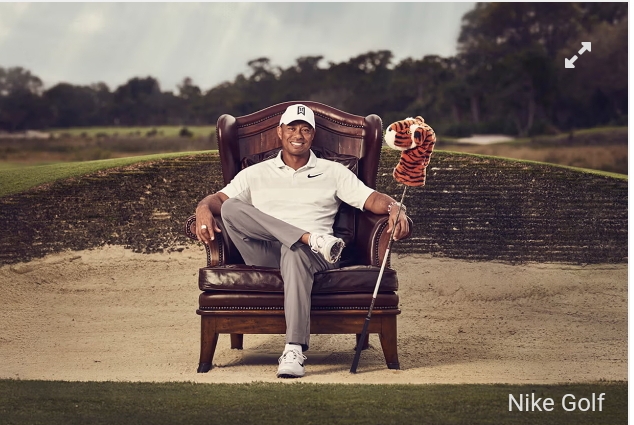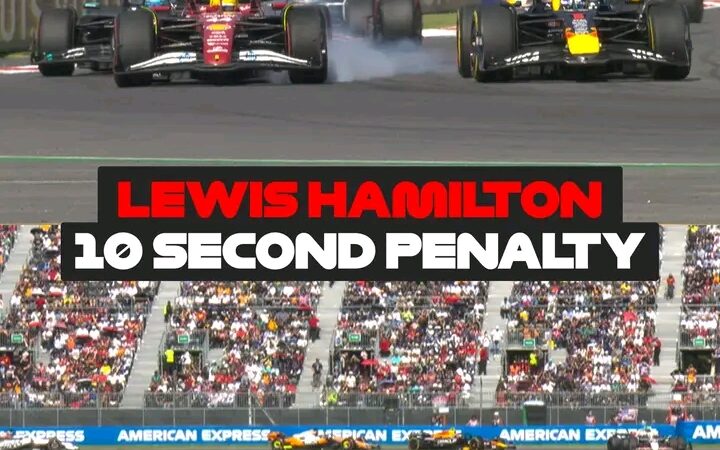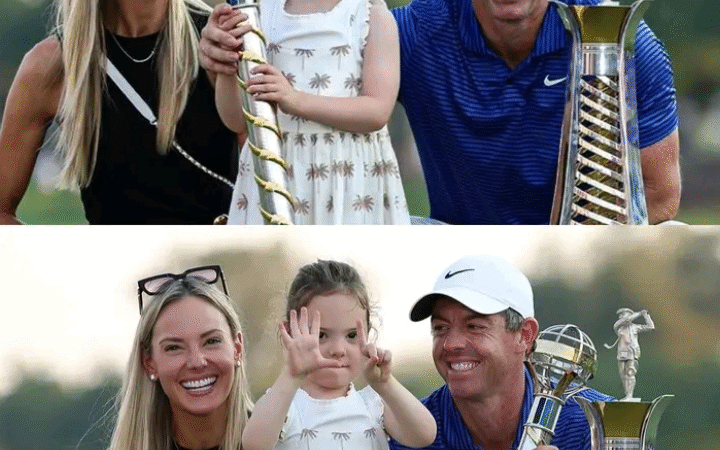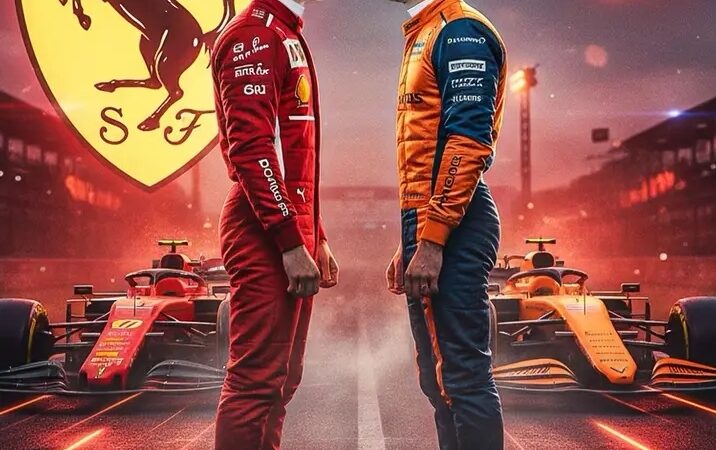How Tiger Woods and Nike’s Epic Partnership Fell Apart

How Tiger Woods and Nike’s Epic Partnership Fell Apart
That there could ever be a world in which Tiger Woods wasn’t sponsored by Nike (NYSE:NKE -1.20%) seemed unspeakable. That was before April 3, 2022, the day when Woods arrived at Augusta National Golf Club, all 6′ 1″, 200 lbs of him (pins and nails included), and stepped on to the practice range in FootJoy shoes.
“That’s absolute sacrilege at a company like Nike,” says Jordan Rogers, a former brand marketing director at the company. Hindsight may be 20/20, but a seemingly spontaneous decision ultimately signaled the beginning of the end of the most celebrated brand/athlete partnership in the history of the game. The morning of January 8, 2024, Tiger Woods and Nike each confirmed what many had already suspected. “The days have been filled with so many amazing moments and memories,” wrote Tiger. “If I started naming them, I could go on forever.”
A decade earlier, the 2013 PGA Tour season was wrapping up, a year in which Woods won five times. The infamous cheating scandal of 2009 cost him deals with Gatorade, AT&T, Gillette and Accenture, but Nike stood by him through thick, thin and two winless seasons. Now Tiger was back on top of the world, and his reward was a 10-year extension worth a reported $200 million USD, the most lucrative in the history of golf. How did we get from there, to January 8? The answer, like many things in life, is complex.
View this post on Instagram
Even as Tiger was regaining his form in 2012, a new guard was arriving, and Nike was looking for the next face of its golf division. Among those touted to challenge Tiger’s chokehold on the professional game were Jason Day, Rickie Fowler and Rory McIlroy. Nike didn’t just extend Woods’s contract in 2013, it also signed the most promising young player in golf in McIlroy, who was in the midst of a major winning run that included a record breaking US Open triumph. In 2014 he added another two major championship trophies to his collection, and Nike was all-in on the ‘Rory as the next Tiger’ narrative.
A two-minute long short film created by the brand called “Ripple” dramatized a young Rory growing up in Northern Ireland, watching Tiger Woods highlights between practice sessions and junior tournaments. At the end, the two step on to the first tee together as adults and commence their epic battle. “I was really surprised that Tiger did it,” says Rogers, who was in the early days of his own 10 years spent with Nike at the time. “This is completely my speculation, but I think he was like: ‘You guys want to pass the torch to Rory? You guys think I’m done?’”
“Something got in [Tiger’s] brain that a Nike shoe was no longer the thing that made his foot feel right.” – Jordan Rogers, former brand marketing director at Nike
They wouldn’t have been the only ones guilty of that assumption. Woods may have won 8 times between 2012 and 2013, but he was winless at majors since 2008. And after that brief return to the top, he endured a period of injuries that would keep him away from the game with any regularity for a four year stretch. TV pundits were coming to the conclusion that Tiger’s time at the top was dwindling, if not over altogether. A New York Times best-selling book Slaying the Tiger famously proclaimed that he would never win again. Even EA Sports took Tiger off the cover of its golf video game and replaced him with, you guessed it, Rory McIlroy.
Tiger could handle the outside critics, but Nike, the brand he had spent his whole professional career with, feeding into the narrative was unforgivable. “Athletes like Tiger, Michael Jordan, Tom Brady and Kobe Bryant. We love to celebrate them, but they need to create stories to stay motivated,” argues Rogers. “As Tiger started to fade, Nike supported him, but at the same time tried to bring on Rory as this passing of the torch. He remembers that stuff.”
tiger woods nike golf why how left end partnership part ways split 27 30 years michael jordan tw brand
Sam Greenwood/Getty Images
All of this may sound like a reach, but for a competitor like Tiger any slight can be a source of motivation. After all, we’re talking about the man who famously defeated Stephen Ames 9&8 (the meanest beatdown one can put on a competitor) at the 2006 WGC Match Play after the Canadian said that “anything can happen, especially where he’s hitting the ball.”
However, to look at this purely from Tiger’s point of view would be to miss a large portion of the story. Rogers firmly believes that “Tiger should have been a lifetime athlete at Nike.” But in 2024 and beyond, where would the brand have gone with an athlete nearing the end of his career – one whose willingness to remain in the public eye post retirement was unclear? With Michael Jordan, whose relationship with Woods goes back decades, Nike was able to turn the basketball star’s image into a stand-alone and successful brand. Nike thought it could use the same playbook with Tiger, but the TW brand never caught on to the same extent. According to Rogers, that can partially be explained as a difference in personality.
“Tiger is at his core a socially awkward introvert. He was this nerdy Stanford kid who was really good with a golf ball who didn’t have a lot of friends. And he’s softened over the last five years or so, but he doesn’t trust anyone. Does this sound like someone who’s going to set a vision, hire a team of people and sample tons of product? He’s not that guy. Jordan isn’t either, but he’s an extrovert and extremely charismatic.”
“I know beyond a shadow of a doubt Nike made a thousand pairs of shoes for that guy.” – Jordan Rogers
Then you add in Tiger’s various controversies through the years, which include not only the cheating scandal but also a relentlessly memed mugshot, a juvenile tampon joke and a messy and public split up with his most recent girlfriend, and the marketing spend becomes harder to justify. Of course, Michael Jordan has had his own history of alleged infidelity and gambling. But unlike Tiger, whose 2009 Thanksgiving saga took place just as Twitter was taking off, Jordan’s alleged transgressions took place before the social media age. Package all of that up with a man who, as Nike’s most recognizable golf athlete, refuses to wear its shoe, and a classic tale of two friends drifting apart comes into focus.
“Like golf fans around the world, we are delighted to see Tiger back on the course,” said Nike in 2022 after the infamous FootJoy switch. “As he continues his return, we will work with him to meet his new needs.” At the time, Tiger suggested that Nike didn’t have the right shoe to match his patched up body post reconstructive surgery. But the idea that the choice was purely driven by his injuries just doesn’t stand up to much scrutiny.
tiger woods nike golf why how left end partnership part ways split 27 30 years michael jordan tw brand
“I know beyond a shadow of a doubt Nike made a thousand pairs of shoes for that guy,” asserts Rogers. “They cut that FootJoy apart, they used the same leather. I’ve seen the Innovation Kitchen and they can do miracles. I know Nike bent over backwards to try to make this work.”
After those 27 years spent with Nike, a period in which he earned enormous sums of money and became synonymous with the Nike brand – but was ultimately made to feel like a thing of the past – Rogers still doesn’t believe Woods’s decision was purely made out of spite. There’s another factor that needs to be discussed, one that’s much less quantifiable. Namely, the neurosis of a finely tuned athlete, one for whom even the slightest difference in weight or firmness, imperceptible to any normal human, can be detected.
“Something got in that guy’s brain that a Nike shoe was no longer the thing that made his foot feel right,” Rogers speculates. “And he found this FootJoy that felt like it was going to help him get back on the course.”
Even as speculation of the Nike split mounted throughout this past December and Tiger himself gave a bleak outlook on his future with Nike, Rogers held out hope that the two sides could find common ground. A back nine charge, if you will. “Until I saw the announcement, I still thought there was a chance they would save it at the 11th hour,” he says. It wouldn’t have been out of character for a man who’s made a career out of late Sunday heroics.





